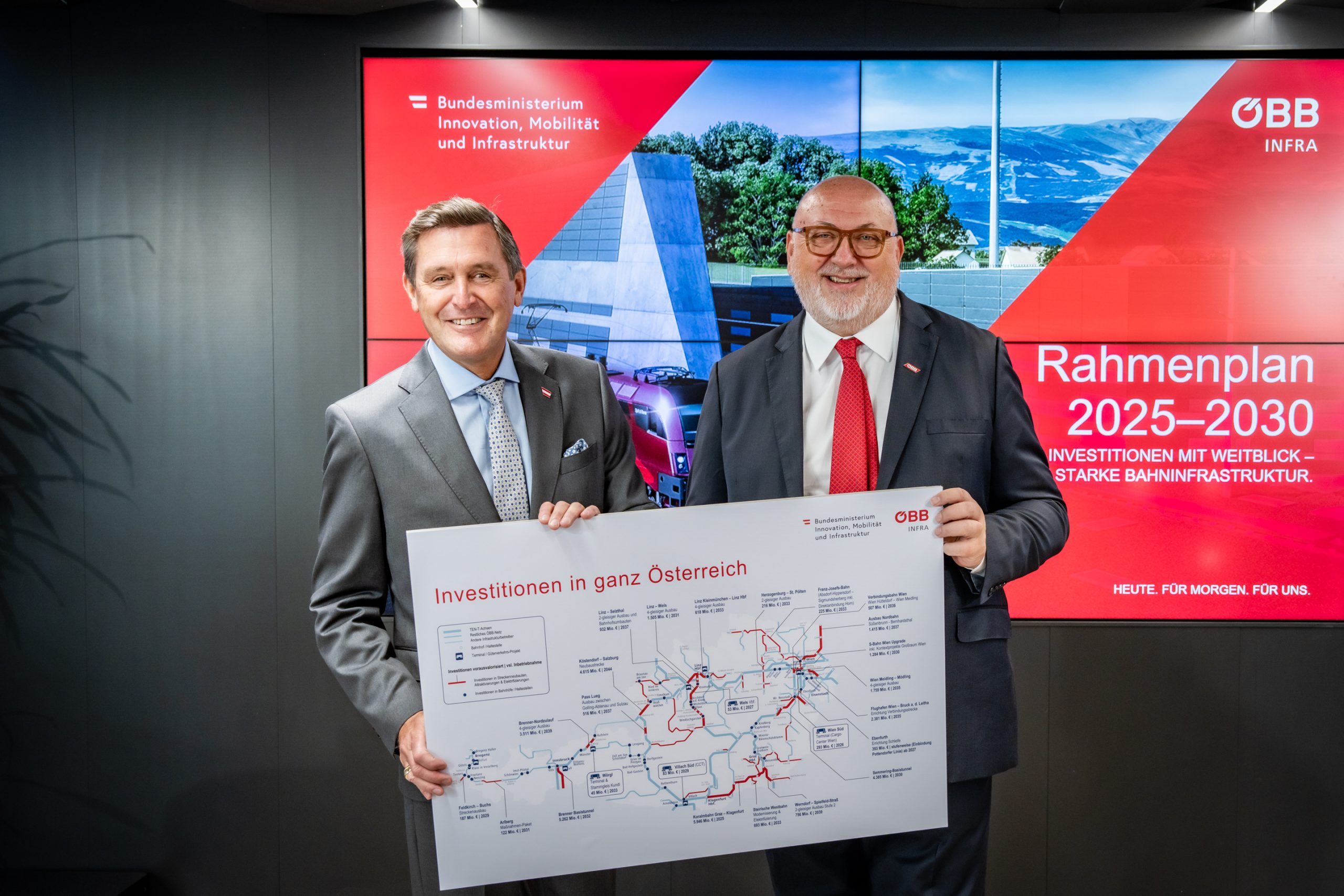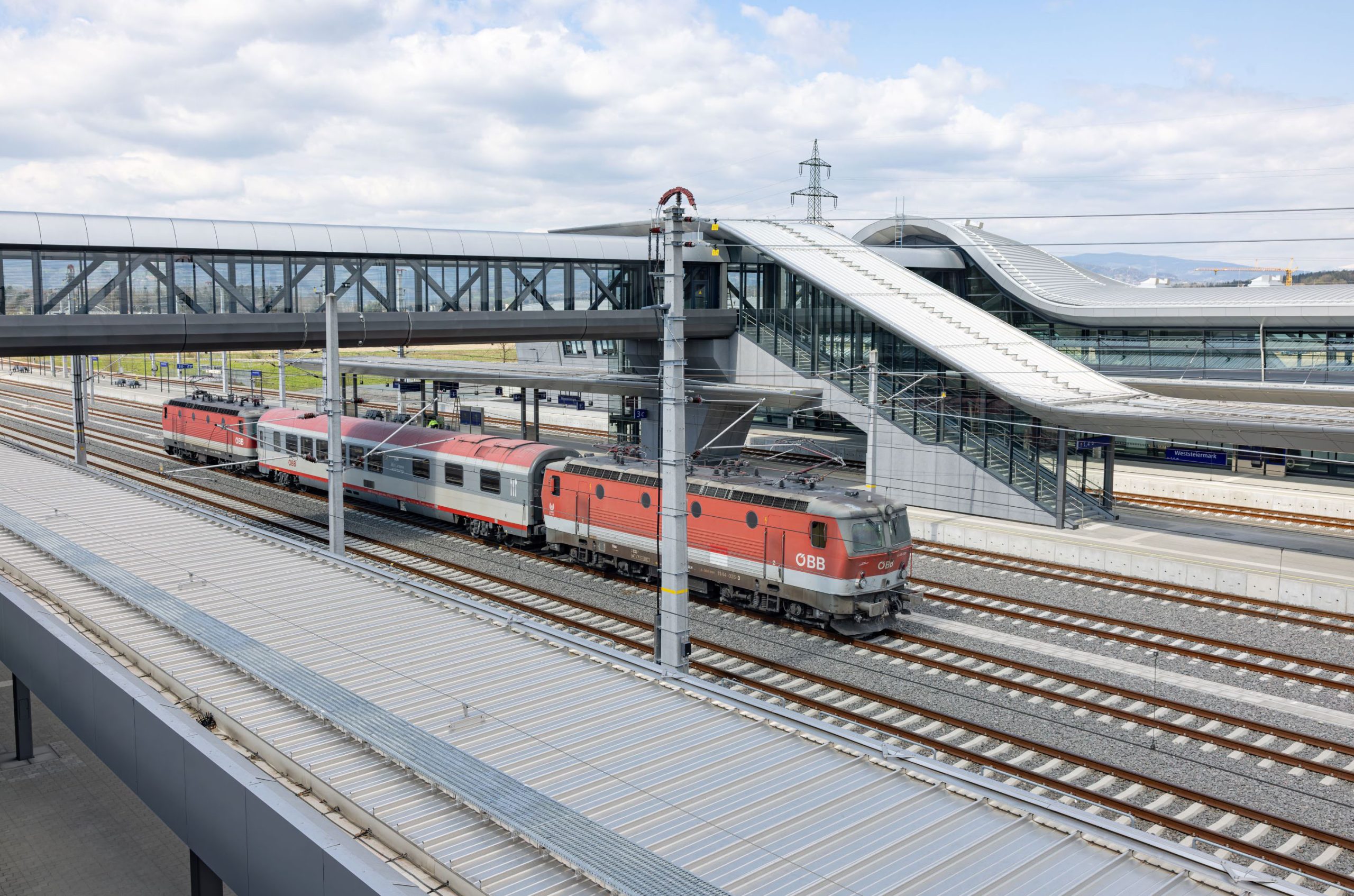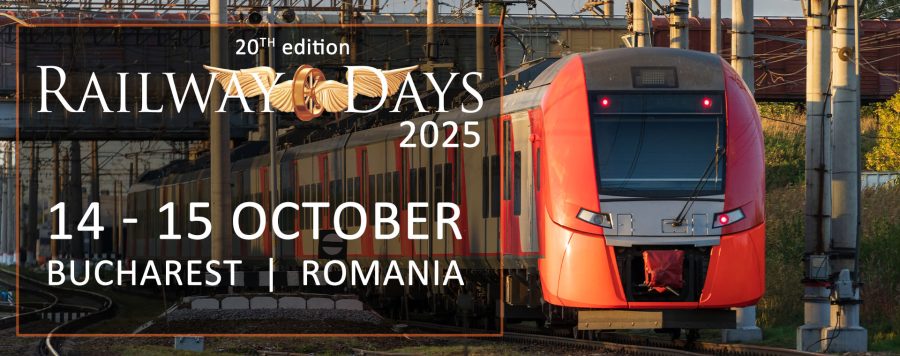ÖBB has announced a major investment plan to expand and modernise Austria’s railway network, with nearly EUR 19.7 billion earmarked for this purpose by 2030. The ambitious framework plan guarantees annual investments of EUR 3.2 billion, ensuring the continuity, safety, and future-readiness of the country’s rail infrastructure.

The new 2025–2030 framework plan was officially unveiled on 5 June 2025 by Federal Minister of Innovation, Mobility, and Infrastructure Peter Hanke alongside ÖBB CEO Andreas Matthä. The presentation highlighted how Austria’s rail system will be further developed to maintain its role as a sustainable and attractive mobility option for as many people as possible.
Of the total investment, EUR 1.4 billion has been specifically allocated to new and urgent projects designed to prevent future bottlenecks in the network. Additionally, EUR 4.8 billion is dedicated to maintenance activities, including repairs, routine upkeep, and fault clearance, to preserve the stability, quality, and safety of the existing infrastructure.
“Investing over EUR 3.2 billion annually into Austria’s railway network is not just a substantial figure – it’s a future-focused commitment to affordable and climate-friendly mobility,” emphasised Andreas Matthä.
In the greater Bregenz area in Vorarlberg, funding has been allocated for the planning of a double-track expansion between Hard-Fußach and Lustenau, along with redevelopment plans for stations in Dornbirn and Innsbruck’s Westbahnhof in Tyrol.
In southern Austria, preparations are underway for a new double-track line from Graz to Frohnleiten, complementing the existing infrastructure. This development aims to reduce travel time between Bruck an der Mur and Graz, secure long-term capacity on the Southern Line, and enable more frequent local services north of Graz. The Southern Line connects with the Pyhrn-Schober axis at Bruck an der Mur and, south of Graz, branches into the route towards Koper and the Koralm Railway heading to Carinthia.
In Upper Austria, the focus is on the “New Innkreis Railway”, including plans for a four-track expansion between Wels and Lambach, the redevelopment of Wels station, and a selectively double-tracked upgrade between Ried im Innkreis and Braunau am Inn.
In the Salzburg region, the next stage of the “Pass Lueg” line upgrade between Golling-Abtenau and Sulzau has already been allocated construction funding. This project is designed to shorten travel times between Salzburg and Bischofshofen while also increasing protection from natural hazards along the route.
In the Vienna metropolitan area, the planned extension of the S45 suburban line from Wien Handelskai to Wien Praterkai will play a key role in the creation of the Vienna S-Bahn Ring. This two-line ring, made up of the S45 and S80, will feature interchange stations at Wien Hütteldorf and Wien Praterkai, with additional new stops at Reichsbrücke and Donaumarina.

The backbone of safe and punctual rail service remains the existing network’s quality. To this end, the framework plan allocates EUR 4.8 billion for ongoing maintenance activities. Moreover, the plan introduces comprehensive packages aimed at improving the railway’s resilience against natural events and advancing the digitalisation and modernisation of train operations and control systems.
ÖBB continues to prioritise investments in regional railways that serve many communities, such as the Traisentalbahn, Kamptalbahn, and Puchbergerbahn in Lower Austria, the Mattigtalbahn in Upper Austria, and the Styrian West and East Railways in Styria.
Developed under economically challenging circumstances with a focus on fiscal responsibility, the framework plan balances high investment levels with budget consolidation efforts.
“Rail investment will remain at a very high level in the coming years. In total, we are investing nearly EUR 20 billion in rail expansion by 2030. Every euro of this investment advances the shift to sustainable mobility and strengthens Austria’s economy. And there’s more good news: every new train ordered will be put into service, further enhancing passenger comfort,” affirmed Mobility Minister Peter Hanke.
Share on:



